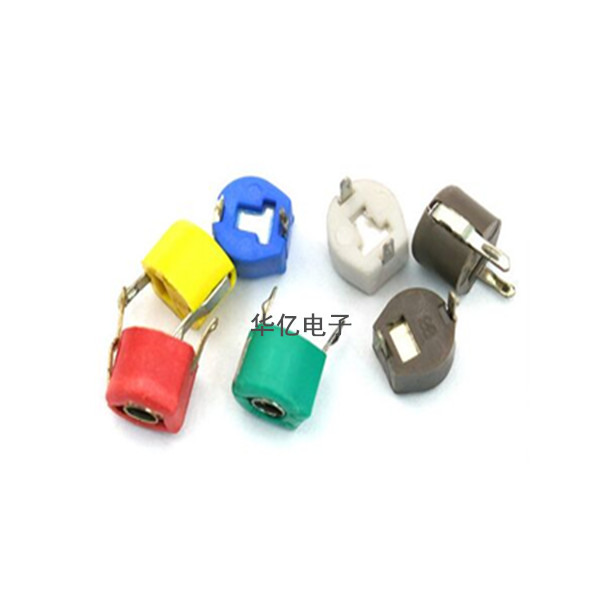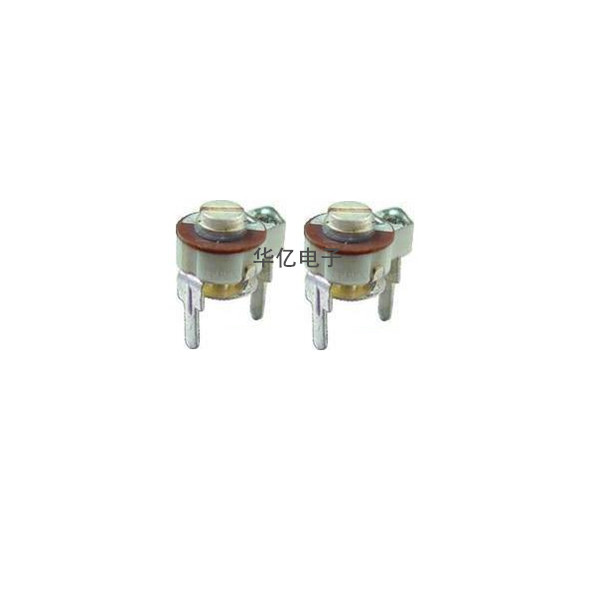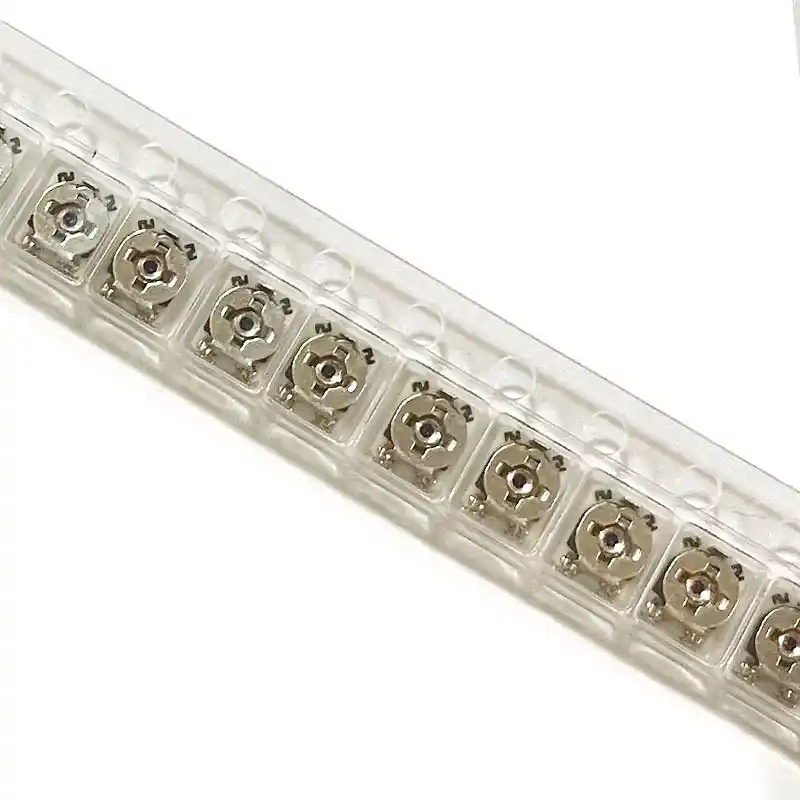Adjustable resistor is an electronic component that can change the resistance value. It mainly has the following two functions:
1. Adjusting the resistance value of the circuit: Adjustable resistors can change the resistance value of the circuit by changing the connection method or material of the internal circuit, thereby adjusting the resistance value of the circuit.
2. Adjusting the current or power of a circuit: Since the resistance value of an adjustable resistor can be changed, the current or power of the circuit can be adjusted by adjusting its resistance value.
Adjustable resistors have the following characteristics:
1. High reliability: The contact information and materials of adjustable resistors are relatively simple, and their service life is long.
2. Low energy consumption: Due to the relatively simple internal circuit structure of adjustable resistors, their own energy consumption is relatively low.
3. Cheap price: The production and manufacturing of adjustable resistors are relatively simple, and the price is relatively low.
4. Widely applicable: Adjustable resistors are used in various electronic circuits, such as digital circuits and analog circuits.
二、 Functions and characteristics of potentiometers
A potentiometer is a circuit component composed of adjustable resistors, mainly used to adjust the voltage, current, or power of a circuit. Potentiometers have the following two functions:
1. Voltage division adjustment function: The potentiometer can divide the input voltage to adjust the voltage of the circuit.
2. Current limiting adjustment function: The potentiometer can control the current passing through the circuit, thereby adjusting the power of the circuit.
Potentiometers have the following characteristics:
1. High precision: The internal structure of the potentiometer is relatively complex, so it can achieve high precision.
2. Flexible adjustment: The potentiometer can be continuously adjusted and can be adjusted between any two values.
3. High price: Due to the complex structure of potentiometers, they are slightly more expensive than adjustable resistors.
4. Wide application range: Potentiometers are used in various electronic circuits and instruments, such as volume adjusters, brightness adjusters, etc.
三、 The difference between adjustable resistors and potentiometers
Adjustable resistors and potentiometers can both change the resistance value of a circuit, but there are some main differences between the two:
1. Different internal structures: The internal structure of adjustable resistors is relatively simple, mainly composed of resistor materials and several pins; The internal structure of a potentiometer is relatively complex, usually consisting of a knob and a resistor.
2. Different adjustment methods: The resistance value of adjustable resistors can be changed by changing the connection method or material of their internal circuits; The resistance value of the potentiometer is adjusted through a knob.
3. Different application ranges: Adjustable resistors are mainly used in analog and digital circuits, such as power balancers and comparators; Potentiometers are mainly used in various instruments and equipment, such as microphones and volume adjusters.
【 Conclusion 】
Adjustable resistors and potentiometers are electronic components that control current. Although they have similar functions, there are some differences between them. Adjustable resistors can change the resistance value by changing the connection method or material of the internal circuit, while potentiometers are circuit components composed of adjustable resistors, mainly used to adjust the voltage, current, or power of the circuit. Both adjustable resistors and potentiometers have their own applications and characteristics.







